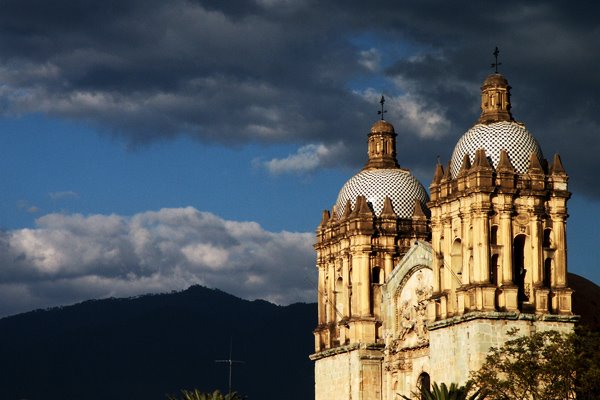For instance:
Precolonial Oaxaca was a complex linguistic and cultural map marked by multiple distinct languages and multiple dialects within each language. At least sixteen of these prehispanic languages – along with the unique worldviews they embody – have survived and evolved in the centuries following the conquest. Today, these languages make Oaxaca one of the most linguistically diverse regions in the world, and this remarkable linguistic diversity serves as a testament to the cultural survival of a vast array of indigenous communities.
With over 350,000 speakers, Zapotec is the most prevalent indigenous language, sustained by the descendents of the ancient Zapotec Empire. Even among Zapotec speakers, however, there is a significant diversity of dialects, and speakers of one dialect may find it difficult or impossible to communicate with speakers of another. This tremendous diversity makes language an important marker of cultural identity. In Oaxaca, one’s home village may be the only place in the world where a specific dialect is spoken.


No comments:
Post a Comment